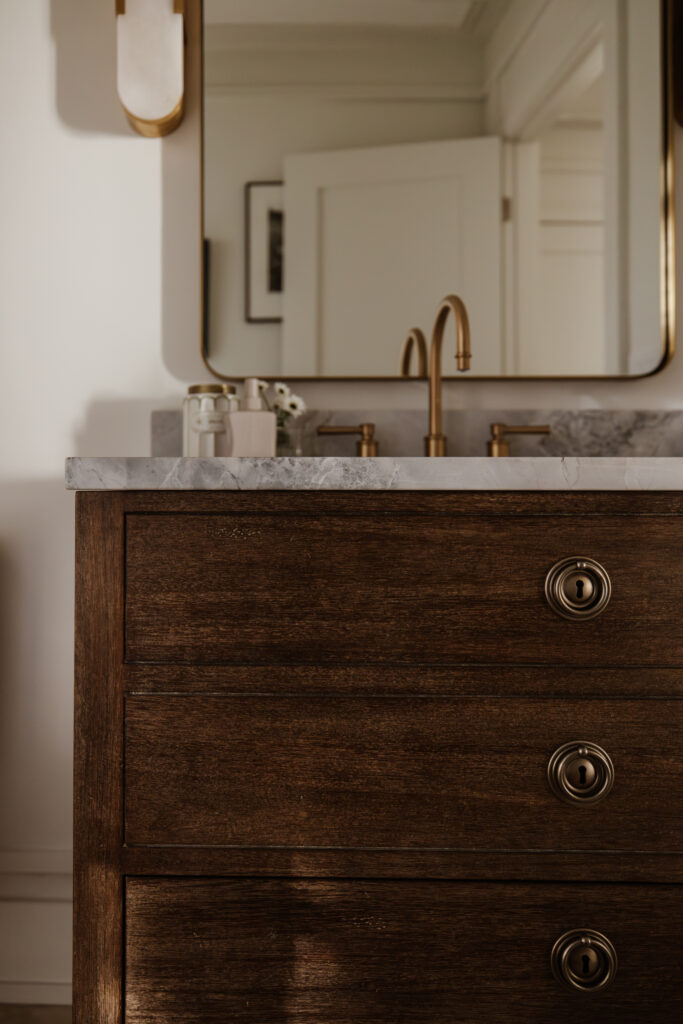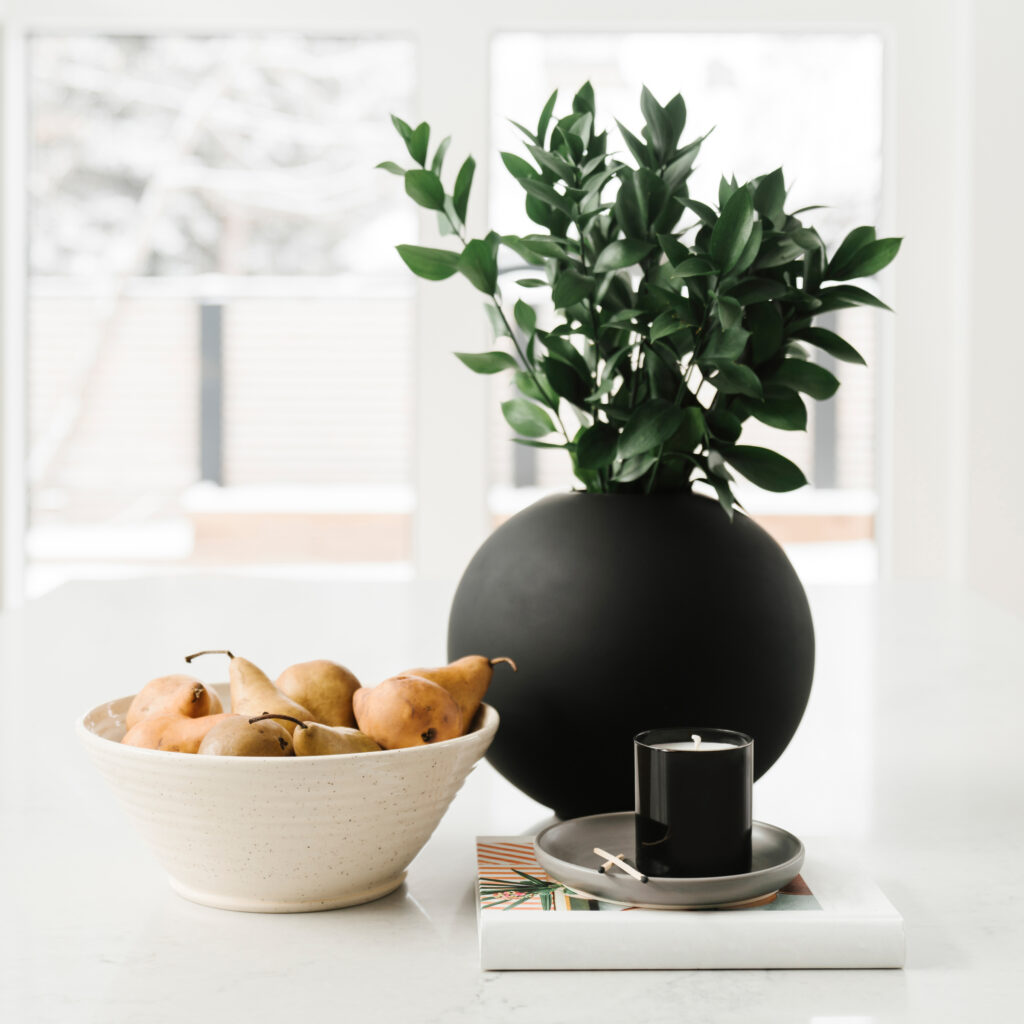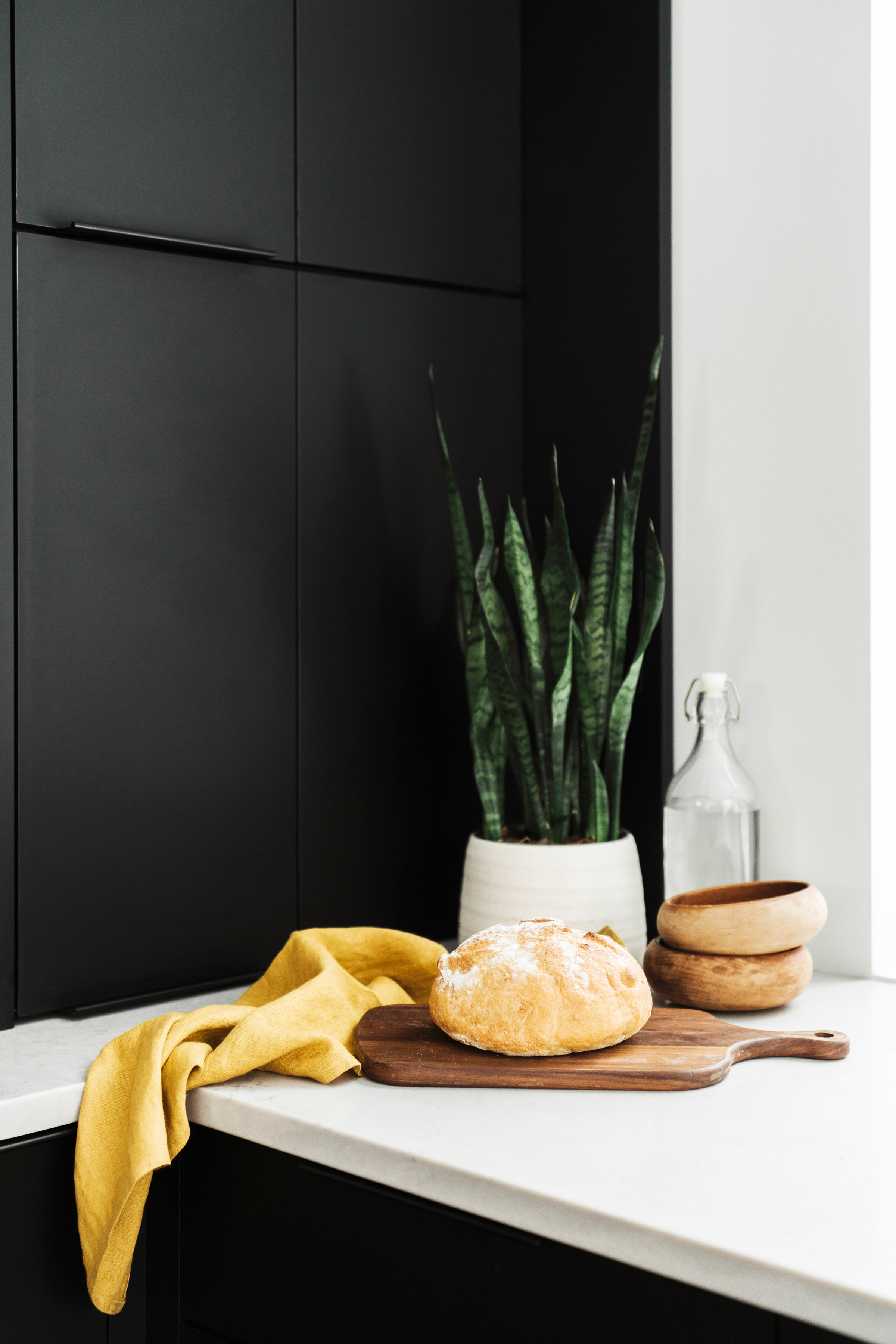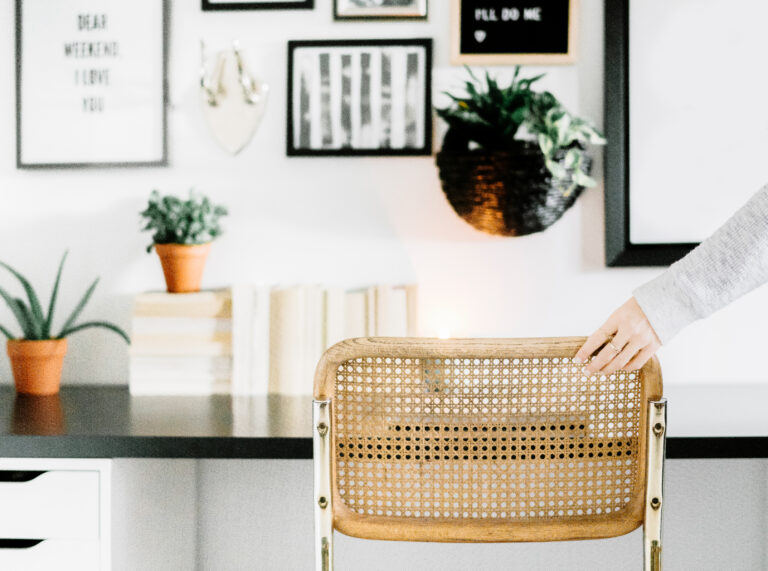Your Ultimate Guide to Sustainable Design Choices
Sustainable interior design isn’t just a trend—it’s a movement. For anyone craving a home that exudes personality while being kind to the planet, this guide is your actionable roadmap. From furniture to finishes, let’s dive into how you can create a stylish, cozy, and eco-friendly home.


Why Go Sustainable?
First and foremost, your home reflects who you are. Shouldn’t it also reflect your values? Embracing sustainability in design is about more than just taking care of the planet (though that’s a big plus). It’s about crafting spaces layered with stories, conscious choices, and character. Plus, sustainability doesn’t mean sacrificing style—it actually enhances it. Think bespoke charm meets ethical living. Win-win, right?
Step 1: Shop Secondhand Like It’s an Art Form
To begin, one of the quickest ways to embrace sustainability is by shopping secondhand. Thrift stores, flea markets, estate sales, auction houses and online platforms like Facebook Marketplace and Craigslist are your best friends. The beauty of secondhand shopping lies in the hunt; every piece you find has its own history. Looking for a vintage armoire with a boho vibe or a vintage coffee table that’s worn in all the right places? Chances are, it’s out there—waiting to be discovered.
Extra Tip: Expand beyond furniture! Secondhand shops have decor items like picture frames, mirrors, and textiles that can complete a room’s aesthetic while keeping your wallet happy.
Online Platforms for Secondhand Finds:
Step 2: Prioritize Natural and Sustainable Materials
Next, let’s talk materials. Natural materials like reclaimed wood, bamboo, jute, cork, and rattan are having a moment—and for good reason! These materials not only add warmth and texture to a space, but they’re also renewable and biodegradable.



- Reclaimed Wood: Perfect for dining tables or headboards. It adds rugged charm and durability. Brands like Avocado Green specialize in furniture made from FSC-certified reclaimed wood.
- Natural Fibers: From rugs made of jute to curtains in organic linen, natural fibers exude softness and comfort.
- Stone Countertops: Consider recycled stone or terrazzo for countertops. Bonus? They’re tough and timeless.
Highlight Sustainable Furniture Brands:
- Made Trade: Specializes in ethically crafted furniture using sustainable materials.
- Burrow: Offers customizable, modular furniture using eco-friendly fabrics.
- The Citizenry: Sells artisan-crafted, sustainable home goods and furniture.
Step 3: Invest in Timeless, Quality Pieces
But what about trends? Trendy designs are tempting, but they can quickly become disposable. Instead, focus on high-quality pieces built to last. Sofas, dining tables, and beds are often the most expensive investments, but going timeless ensures they’ll last for years.
Certifications to Look For:
- FSC-Certified Wood: Ensures the wood is harvested responsibly.
- Greenguard Certification: Verifies that the furniture produces low indoor air pollution.
- OEKO-TEX: Found in textiles and ensures they’re free from harmful chemicals.
Expandable Tip: Buy custom furniture when possible. This ensures the piece perfectly fits your space without the need for future replacements, reducing waste over time.
Step 4: DIY Whenever Possible
Additionally, there’s nothing more sustainable than giving something old a brand-new life. With a little creativity, you can transform thrifted finds into bespoke treasures—for example, try repurposing a wooden ladder into a chic blanket holder or painting an old dresser for a fresh, modern vibe.
Creative DIY Projects:
- Transform leftover wood into stylish wall-mounted shelves.
- Use vases, old mason jars or tin cans to create rustic planters or desk organizers.
- Experiment with wallpaper offcuts to line the back of a bookcase for a pop of color and pattern.
DIY adds a layer of personalization that store-bought decor simply can’t replicate. Not only does it save you money, but it also allows you to infuse personal touches into every corner of your home.
Step 5: Choose Low-VOC and Natural Paints
Painting is, without a doubt, one of the fastest and most affordable ways to revamp your home. However, traditional paints often release harmful VOCs (volatile organic compounds) that pollute indoor air. Fortunately, low-VOC or zero-VOC paints are widely available and just as vibrant.
Popular Low-VOC Paint Brands:
- Benjamin Moore Natura: Offers beautiful, zero-VOC paints.
- ECOS Paints: Specializes in toxin-free, eco-friendly paint.
- Clare Paint: A chic, sustainable paint brand with thoughtfully curated color collections.
Step 6: Bring in the Greenery
Another way to embrace sustainability? Add plants. A sustainable home wouldn’t be complete without some lush greenery. In fact, these “living accessories” are arguably the easiest way to brighten up a room.



Plant Care Hacks:
- Use coffee grounds as a natural fertilizer.
- Reuse water from boiling vegetables (once cooled) to water your plants.
- For indirect light, try pothos or ferns. For areas with bright sunlight, opt for succulents or a fiddle-leaf fig.
Pro Tip: Customize your space further with eco-friendly planters, like those made from biodegradable materials or thrifted ceramics.
Step 7: Optimize for Energy Efficiency
Finally, let’s not forget how your home operates. Making your space energy efficient is an essential element of sustainable design. For example, consider replacing old lightbulbs with LEDs—they use significantly less energy and last much longer.
Energy-Saving Ideas:
- Insulate your space properly: Invest in sustainable insulation like recycled denim.
- Install dimmer switches: Reduce electricity use while creating mood lighting.
- Switch to solar-powered lights: Great for the outdoors as well as indoor accent lighting.
Brands to Explore:
- Blueland: Focuses on eco-friendly items like reusable cleaning kits to maintain sustainable interiors.
- IKEA’s Sustainable Collection: Includes energy-efficient lighting and eco-smart appliances.
Step 8: Support Local Artisans and Ethical Decor Brands
Lastly, when it comes to decor, skip the mass-produced items and instead support artisan-made or fair-trade pieces. By doing so, you’re not only investing in quality craftsmanship but also helping small businesses thrive.
Eco-Friendly Decor Brands to Explore:
- Ten Thousand Villages: Fair trade home decor with global artisan support.
- West Elm’s Sustainably Sourced Collection: Focuses on FSC-certified wood and eco-conscious practices.
- Goodee World: A marketplace for sustainably crafted, fair-trade home goods.
Supporting local artisans doesn’t just reduce your carbon footprint—it also fosters creativity and community.
Additional Hacks to Make a Bigger Impact
If you want to go beyond decor and furniture, here are more ways to make a difference:
- Repurpose vintage items like old suitcases into tables or crates for storage.
- Choose dual-use furniture, such as daybeds or expandable dining tables, to maximize utility.
- Swap plastic bins for wood or metal alternatives for a sleeker, more eco-friendly look.
Myths About Sustainable Design (Busted)
- Myth: Sustainability is boring.
Truth: A sustainable home is a creative challenge! It forces you to think outside the box, which often results in a space uniquely “you.” - Myth: It takes too much effort.
Truth: Even small swaps—like switching to LED bulbs and buying secondhand vases—can have a meaningful impact. - Myth: Sustainability is out of reach financially.
Truth: Thrifting and reusing often costs less than constantly buying new.
Final Thoughts
In conclusion, sustainable design isn’t just about aesthetics—it’s about creating a home that aligns with your values. Every choice you make, whether it’s opting for reclaimed wood or supporting local artists, brings both character and a story to your home.
So, start small. Revamp a wall using low-VOC paint, thrift a vintage chair, or incorporate an indoor plant. With every step forward, you’ll feel the difference—not just in your space, but also in how it reflects who you are.
Happy decorating!





